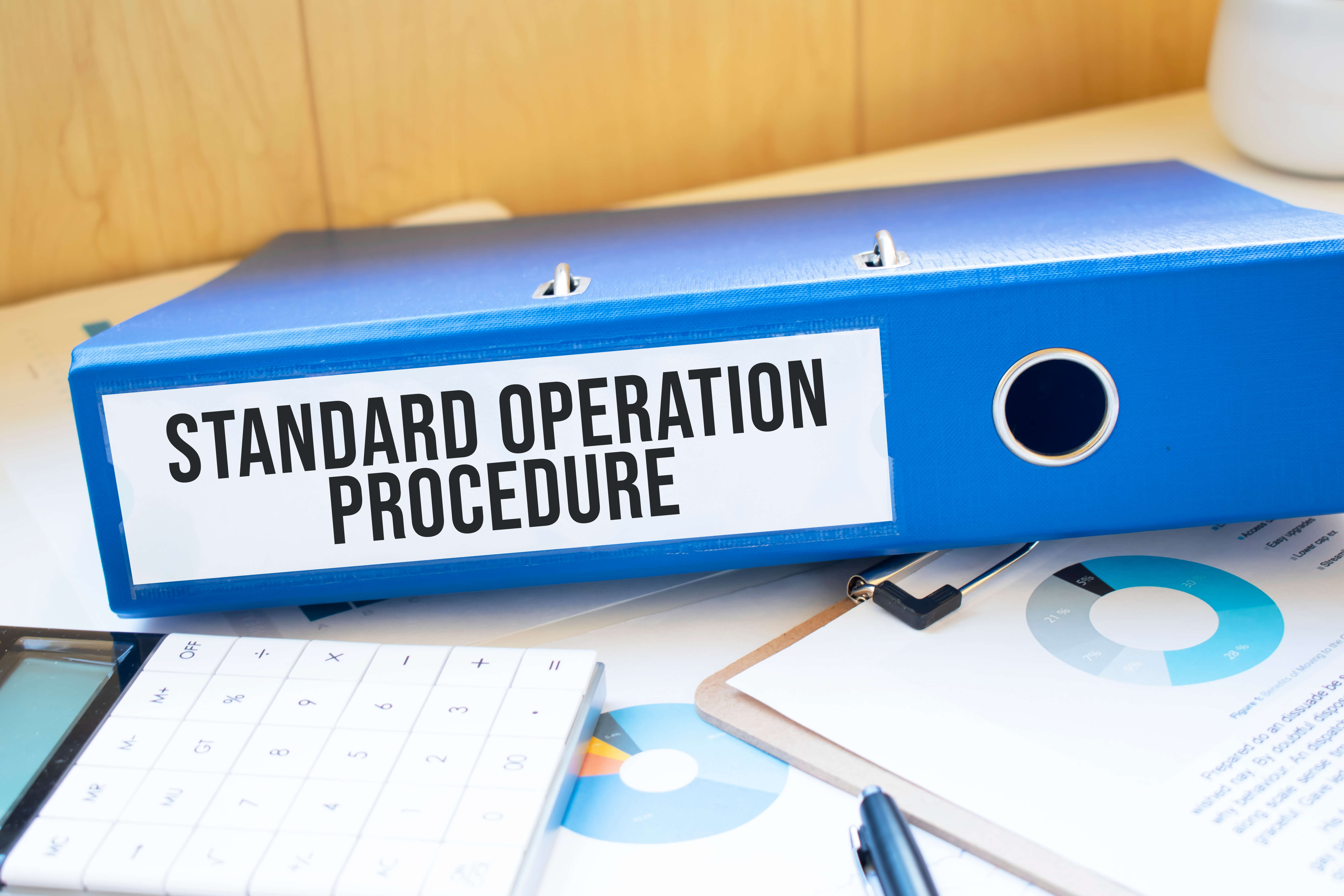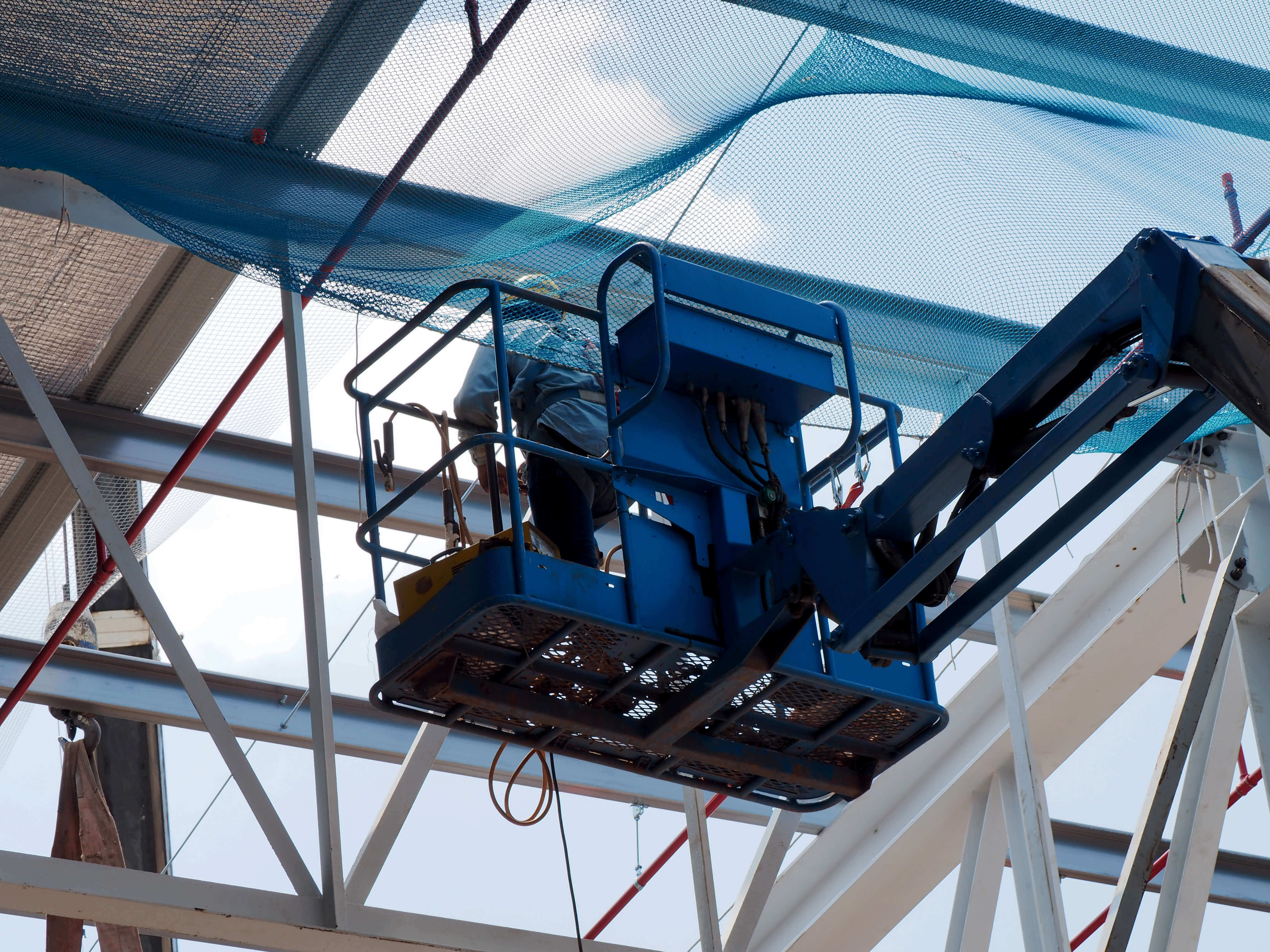Staff safety matters in all industries, in all workplaces, and in all roles. However, occupational health & safety in construction can be a matter of life and death.
You need to look after your employee’s health & safety when they are working for you. As well as protect anyone who visits the site. If you fail to do so, this can cause major disruptions to your business. But what exactly are you responsible for on a construction work site, and how can you take measures to ensure their safety?
In this article, we’ll look at everything you need to be aware of when managing the health & safety of your builders, contractors, and anyone else who steps foot on your building site.

The importance of health & safety in construction
The reason we identify risks and hazards is to keep staff out of harm’s way. Not only your staff but anyone who sets foot in your work environment.
This is a legal responsibility under health & safety legislation.
Not only that but if injuries occur in the workplace, this can affect attendance and morale. With employees off because of injury, and their coworkers scared or disgruntled at this, you will have a far less productive site. If the enforcing authorities found you to be breaking this, you can face fines, a damaged reputation and even prison sentences.
This is important in every workspace, but it’s particularly important when managing a construction project. There are countless health & safety risks in a construction environment, here are just a few of them:
- Working at height.
- Falling objects.
- Operating heavy machinery.
- Handling heavy loads.
- Working with/around hazardous materials.
- Dust and silica exposure.
With the sheer number of issues on a construction site, managing health and safety procedures may seem like an overwhelming task. So where do you begin?
A good place to start, especially if you’re unfamiliar with them, is to look at the health & safety regulations that are in place to help you manage your workplace.
Health & safety and welfare regulations in construction
Okay, there’s a lot you’ll need to familiarise yourself with health & safety in a construction environment—more than we’ll be able to cover here. Here’s the list:
- The Health & Safety at Work Act.
- The Construction (Design & Management Regulations 2015).
- The Health & Safety (First Aid) Regulations.
- The Personal Protective Equipment Regulations.
- The Manual Handling Operations Regulations.
- RIDDOR.
- The Electricity at Work Regulations.
- The Gas Safety Regulations.
- The Control of Vibration at Work Regulations.
- The Control of Noise at Work Regulations.
- The Health & Safety Signs and Signals Regulations.
- The Confined Spaces Regulations.
- The Provision and Use of Work Equipment Regulations.
- The Lifting Operations and Lifting Equipment Regulations (LOLER).
- The Management of Health & Safety at Work Regulations.
- The Regulatory Reform (Fire Safety) Order.
- The Control of Asbestos Regulations.
- The Control of Lead at Work Regulations.
- The Control of Substances Hazardous to Health Regulations.
- The Dangerous Substances and Explosive Atmospheres Regulations.
- The Working at Height Regulations.
- The Hazardous Waste Regulations.
- The Supply of Machinery (Safety) Regulations.
- Ionising Radiations Regulations.
- The Corporate Manslaughter and Corporate Homicide Act.
- Workplace (Health, Safety and Welfare) Regulations 1992
You can see from this list alone that health & safety and welfare in construction is a complex matter.
Depending on the job, some of the above regulations won’t apply. The key is knowing what applies, when it applies, and how to implement each one effectively.
Although there is more to think about when setting up your site and managing it, the basis of how you manage it is the same.
The first thing you need to do is identify the risks.
Health & safety hazards in the construction industry
There are many hazards and risks to be aware of, so let’s categorise them to bring the list down slightly:
- Minor risks.
- Major risks.
- Welfare risks.
When overseeing health and & safety in construction, it’s important to differentiate between a risk that could be harmful and one that can cause loss of life. These are the minor risks and the major risks.
An example of a major risk would be working at height. This is because a fall could cause serious injury or death. Fire safety and working with dangerous substances are also good examples.
On the other side of the spectrum, we have issues such as manual handling. This can result in significant injury but poses a much smaller risk. It also depends on where the activity is taking place. If workers are attempting to undertake manual handling near machinery, or at a height, then the risk is elevated.
What about long-term risks?
Not all hazards have an immediate effect.
Manual handling can eventually result in musculoskeletal disorders. Using vibrating tools can result in hand-arm vibration syndrome.
Loud noises can cause hearing loss or even total deafness.
It’s absolutely vital you take steps to reduce these risks as well as the ones that pose an immediate threat.
Finally, while it may seem less pressing than the immediate physical risks, it’s also important to consider the mental health of your workers.
One efficient way to manage mental wellbeing is to implement an employee assistance programme.
In this next section, we’ll look at how you should manage your site.
Managing health & safety in construction
The key elements of securing health & safety in a construction site are:
- Manage the risks by applying the general principles of prevention.
- Appoint the right people and organisation at the right time.
- Ensure everyone has the information, instruction, training and supervision needed.
- Ensure duty holders cooperate, communicate and coordinate their work.
- Consult with workers and engage with them to develop effective measures to secure health & safety.
The first of these elements is dependent on assessing the risks correctly. You can make sure you’ve conducted a full, accurate risk assessment here.
Once you’ve done this, you can focus on prevention. The key principles are to:
- Avoid risks where possible.
- Evaluate those risks that cannot be avoided.
- Put proportionate measures in place and control them.
It’s important to communicate with your staff when identifying risks.
They may be able to shed light on areas that you are unaware of. It will also help you judge the effectiveness of the control measures you put in place once installed.
An added bonus is that it demonstrates to your staff that you are taking their welfare seriously. Make sure you consult them in good time and act on any suggestions they have.
Health & safety roles and responsibilities in construction
Part of your strategy should be appointing the right people where needed.
This will be a mixture of construction workers, designers, duty holders, supervisors, and other health and safety professionals.
Make sure each one has the training needed for the position and is aware of their specific responsibilities. Health and & safety management systems in construction are a great way to keep track of all documents, responsibilities and legal standards.
A good management system will keep track of your people, but also your risk assessments, policies, and training, and help you record any accidents that occur.
You can find all of this and more through Croner BrightSafe, our online health and & safety software.
Expert support with health & safety in construction
It is essential you correctly manage health and & safety at work to stay both legally compliant and profitable.
With Croner’s help, you can ensure your staff are properly trained, avoid accidents before they occur, and protect your business from risk.
We have a free advice line for you to use where you will talk to our team of health and & safety experts. So you can rest assured knowing you’re working with the best.
If you need further support managing your health and & safety in a construction environment, speak to one of our health & safety experts on 0800 141 3790.
Related resources
Categories
- Business Advice
- Contracts & Documentation
- Culture & Performance
- Disciplinary & Grievances
- Dismissals & Conduct
- Employee Conduct
- Employment Law
- End of Contract
- Equality & Discrimination
- Health & Safety
- Hiring & Managing
- Leave & Absence
- Managing Health & Safety
- Moving
- Occupational Health
- Pay & Benefits
- Recruitment
- Risk & Welfare




